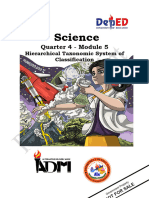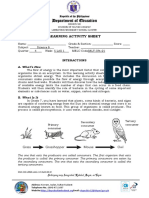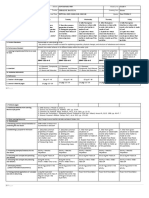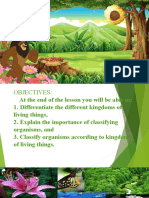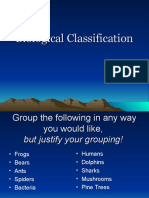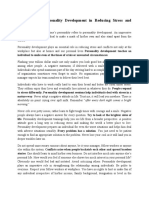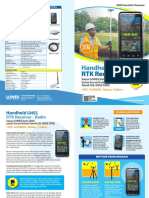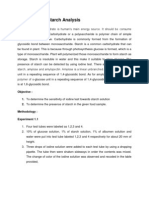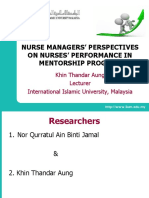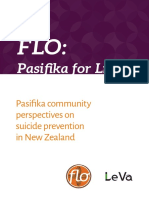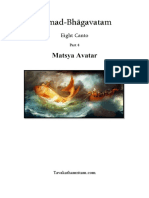0% found this document useful (0 votes)
8K views13 pagesQ1 LE Science 8 Lesson 2 Week 2
This document is a lesson exemplar for Grade 8 Science, focusing on the plant transport system as part of the MATATAG K to 10 Curriculum for the School Year 2024-2025. It outlines curriculum content, performance standards, learning competencies, and teaching procedures, including activities and assessments to engage students in understanding how organ systems work together for growth and survival. The material is intended for teachers participating in the pilot implementation and is protected against unauthorized use.
Uploaded by
virma.sagcalCopyright
© © All Rights Reserved
We take content rights seriously. If you suspect this is your content, claim it here.
Available Formats
Download as PDF, TXT or read online on Scribd
0% found this document useful (0 votes)
8K views13 pagesQ1 LE Science 8 Lesson 2 Week 2
This document is a lesson exemplar for Grade 8 Science, focusing on the plant transport system as part of the MATATAG K to 10 Curriculum for the School Year 2024-2025. It outlines curriculum content, performance standards, learning competencies, and teaching procedures, including activities and assessments to engage students in understanding how organ systems work together for growth and survival. The material is intended for teachers participating in the pilot implementation and is protected against unauthorized use.
Uploaded by
virma.sagcalCopyright
© © All Rights Reserved
We take content rights seriously. If you suspect this is your content, claim it here.
Available Formats
Download as PDF, TXT or read online on Scribd
/ 13



































